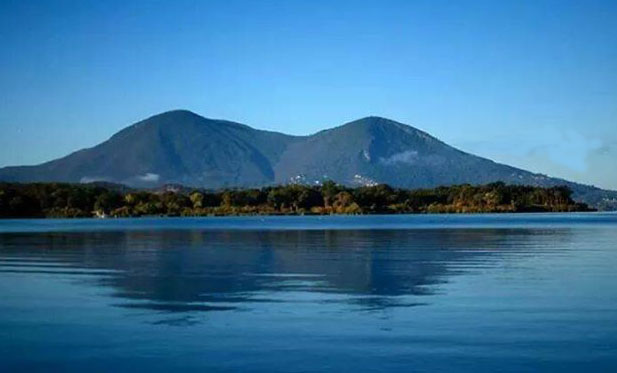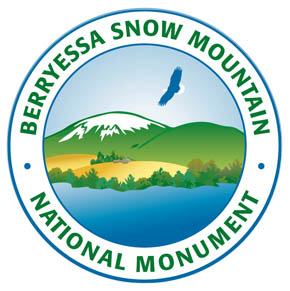Protection for Berryessa Snow Mountain
The permanent protection of the Berryessa Snow Mountain region was one of Lake Group's top priorities for years, and we rejoiced when President Barack Obama designated 330,000 acres of federal land as a national monument on July 10, 2015.
Protecting and Restoring Clear Lake
Clear Lake is not only the largest natural lake within California, it is very probably the oldest lake in North America, the home of native peoples from the earliest days of human habitation in the western hemisphere, and a natural treasure of global importance, with many geological and biological features uniquely its own. It’s also the heart, soul, and economic base of the local community.
Over the years the lake has lost more than 80 percent of its native wetlands and its waters have been seriously polluted by mercury. Unwise decisions over the course of many years have led to a chronic overload of nutrients, many of its native fish have gone extinct, aquatic invasive plants grow rampantly, and cyanobacteria (“blue green algae”) blooms impair water quality and the recreational use of the lake.
On the other hand, over the long run, the lake has been getting cleaner. It is certainly in far better condition than in the 1950s and 60s, when a combination of septic system seepage and applications of heavy pesticide sprays in an attempt to control gnats earned Clear Lake a mention -- as a horrible example! -- in Silent Spring. Banning DDT, construction of modern sewage treatment facilities, and implementation of a strong grading ordinance have done a lot to clean things up since then. There are a lot of positive actions that we can take. To start with the big ones, the Middle Creek Project will restore 1200 acres of wetlands north of Rodman Slough, thus restoring natural filtering processes. Cleanup of the Sulphur Bank Mercury Mine Superfund site will remove (or at least drastically reduce) what is by far the most significant source of heavy metal pollution into the lake. Both of these projects need a great deal of money to become a reality. Increasing sewage system capacity and preventing future spills is also very important. Continuing monitoring, erosion control, minimizing agricultural runoff, and streambed restoration are all important prescriptions for a healthy lake, as are efforts to increase areas of natural vegetation along the lakeshore. If you are a rimland property owner, plant tules!
Ever since its creation as a separate Sierra Club entity in 2001, Lake Group has considered the protection and restoration of Clear Lake to be among its top priorities. The Group has:
- Consistently supported the Middle Creek Project and Sulphur Bank cleanup, including holding public forums on those subjects
- Founded the Chi Council for the Clear Lake hitch, which works to keep one of the lake’s few remaining native fish from going extinct
- Promoted wetland revegetation with tules and other native plants
- Actively contributed to the county’s prevention programs against invasive quagga and zebra mussels
- Been among the leading proponents of ballot measures to obtain funding for lake protection and restoration
- And a whole lot more!

